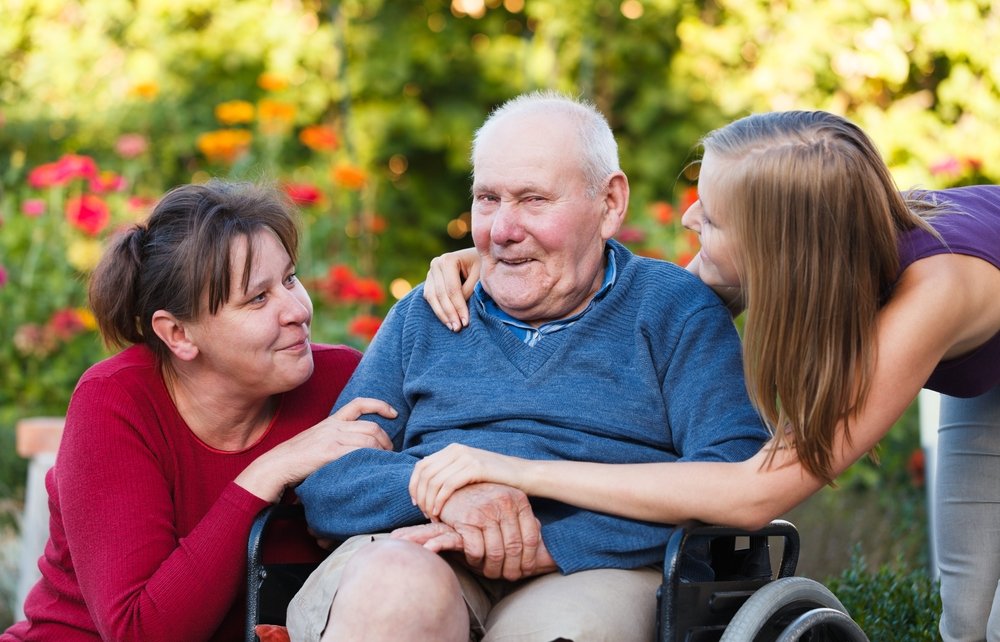Alzheimer’s Patients Living Alone Receive Poorer Healthcare, Swedish Study Suggests
Written by |

People with Alzheimer’s disease who live alone in their home are likely to receive a lower standard of diagnosis and treatment than those who live with others — even though their numbers are growing, according to a Swedish study published in the Journal of Alzheimer’s Disease.
The study, “Living Alone with Alzheimer’s Disease: Data from SveDem, the Swedish Dementia Registry,” showed that this disparity was especially pronounced in older women, who comprise most of the 46 percent of Alzheimer’s patients living alone who were listed in the Swedish Dementia Registry.
The study’s large sample size (26,163 patients diagnosed between 2007 and 2015) and availability of detailed data from both the Swedish Prescribed Drug Register and the Swedish Patient Register let Karolinska University Hospital‘s research team evaluate the effect of living alone has on the quality of healthcare patients receive — separately from other factors such as age, gender, comorbidities, or dementia severity.
Nearly half of those patients — 46 percent or 11,878 people — were found to be alone in their homes at the time of their diagnosis. Most of them were older at diagnosis (88 years old compared to 77 in those living with others), and 62 percent were women.
Overall, more and more Alzheimer’s patients are alone in their own homes due to factors that include increasing lifespans, changes in family structure, reduced intergenerational living as a cultural norm, greater mobility, and the increasing prevalence of age-related diseases.
In fact, the researchers report that the proportion of all older adults in Sweden — age 60 or older — living in one-person households rose from 23 percent in 1960 to 32 percent in 2012. Again, women dominate in this group — half of all women in the country who are older than 65 live alone, roughly twice that of men.
“The high proportion of solitary living Alzheimer´s disease patients is worrying as this is certainly not a disease patients can deal with alone,” says Pavla Čermáková, the study’s first author, said in a news release. “We found many inequalities in the health care that is provided.”
Specifically, the researchers reported that these Alzheimer’s patients were less like to undergo computed tomography, magnetic resonance imaging, and lumbar puncture testing, possibly because a caregiver’s presence influences doctors’ approach to diagnostic testing and subsequent treatment.
Likewise, solitary Alzheimer’s patients were found to be less likely to be treated for memory loss with newer medications, such as cholinesterase inhibitors and memantine, that can help patients maintain cognition, behavioral, and functional status, and have a lower likelihood of being given cardiovascular drugs.
They were more likely, however, to be prescribed antidepressant, antipsychotic, hypnotic, and sedative medications.
“It is possible that improving living conditions of patients with Alzheimer´s disease could lower the need for these drugs,” said Maja Nelson, another study researcher.
These inequities in treatment, the researchers said, could be better addressed by doctors inquiring into a patient’s home environment. But, they emphasized, living conditions “should not be a relevant factor when clinicians prescribe dementia drugs to AD patients.”
“This study suggests that people who live alone receive less optimal diagnostic work-up and treatment for AD and indicates inequality in distribution of resources in dementia care due to living conditions,” the researchers concluded.





